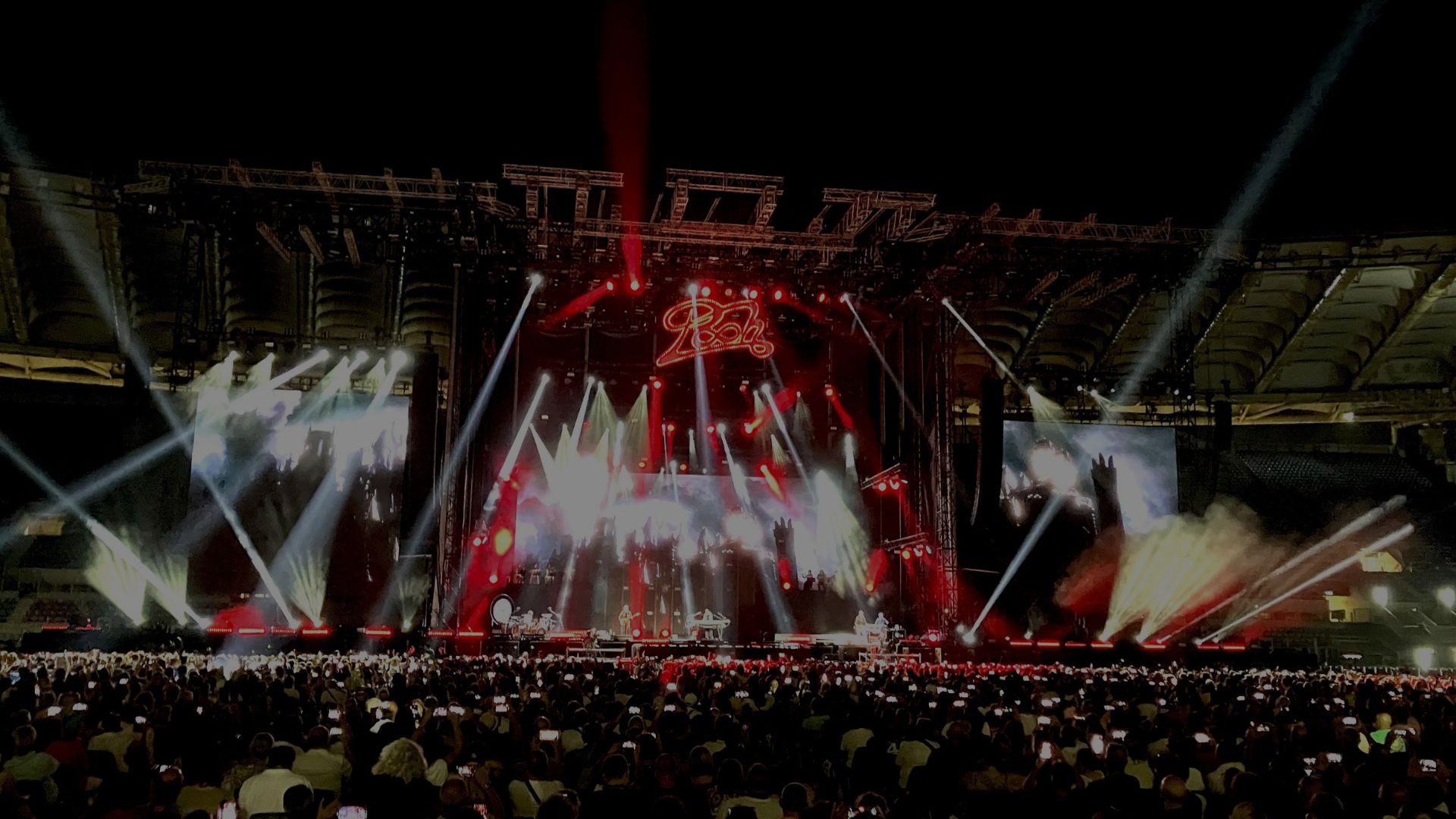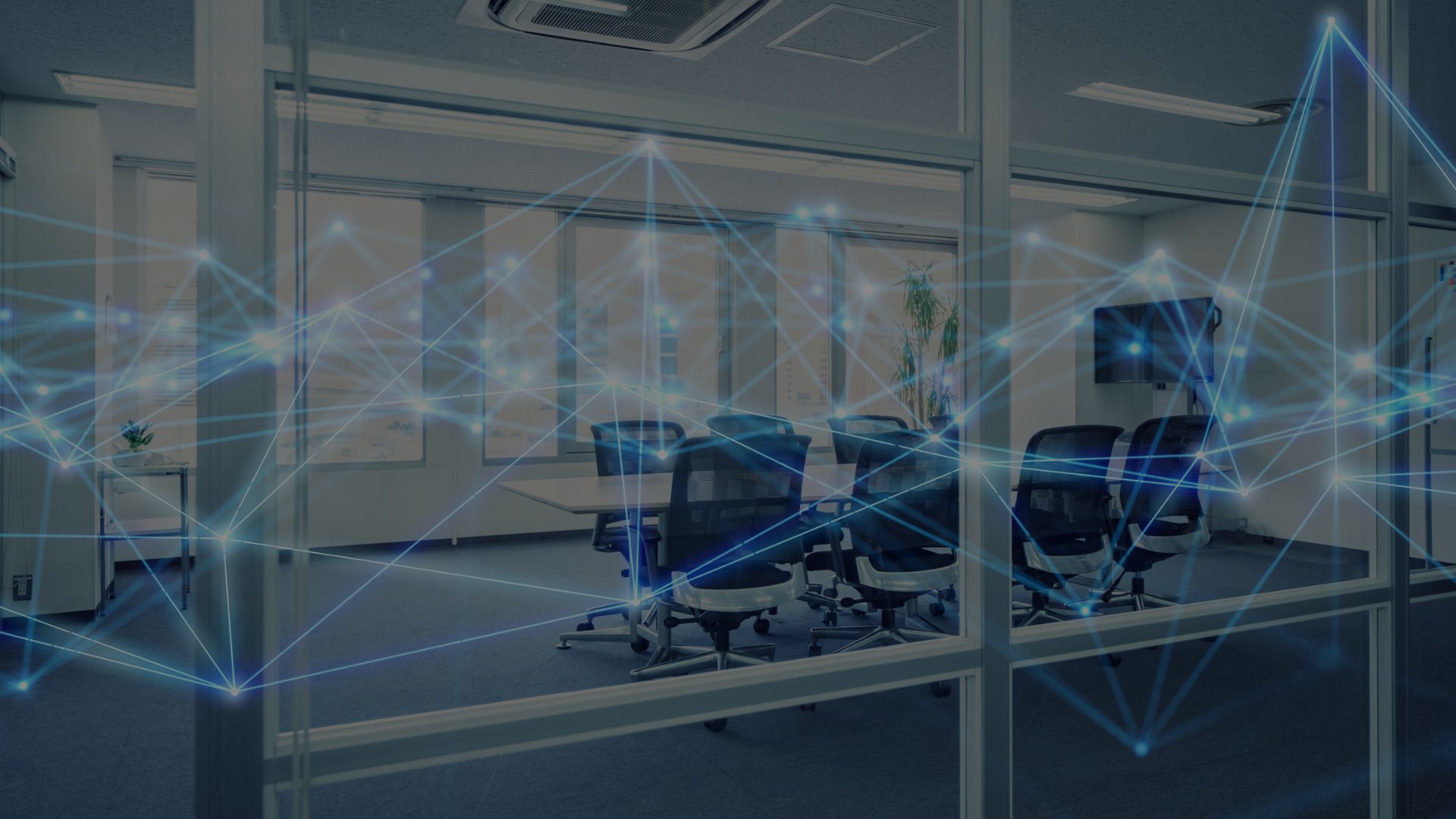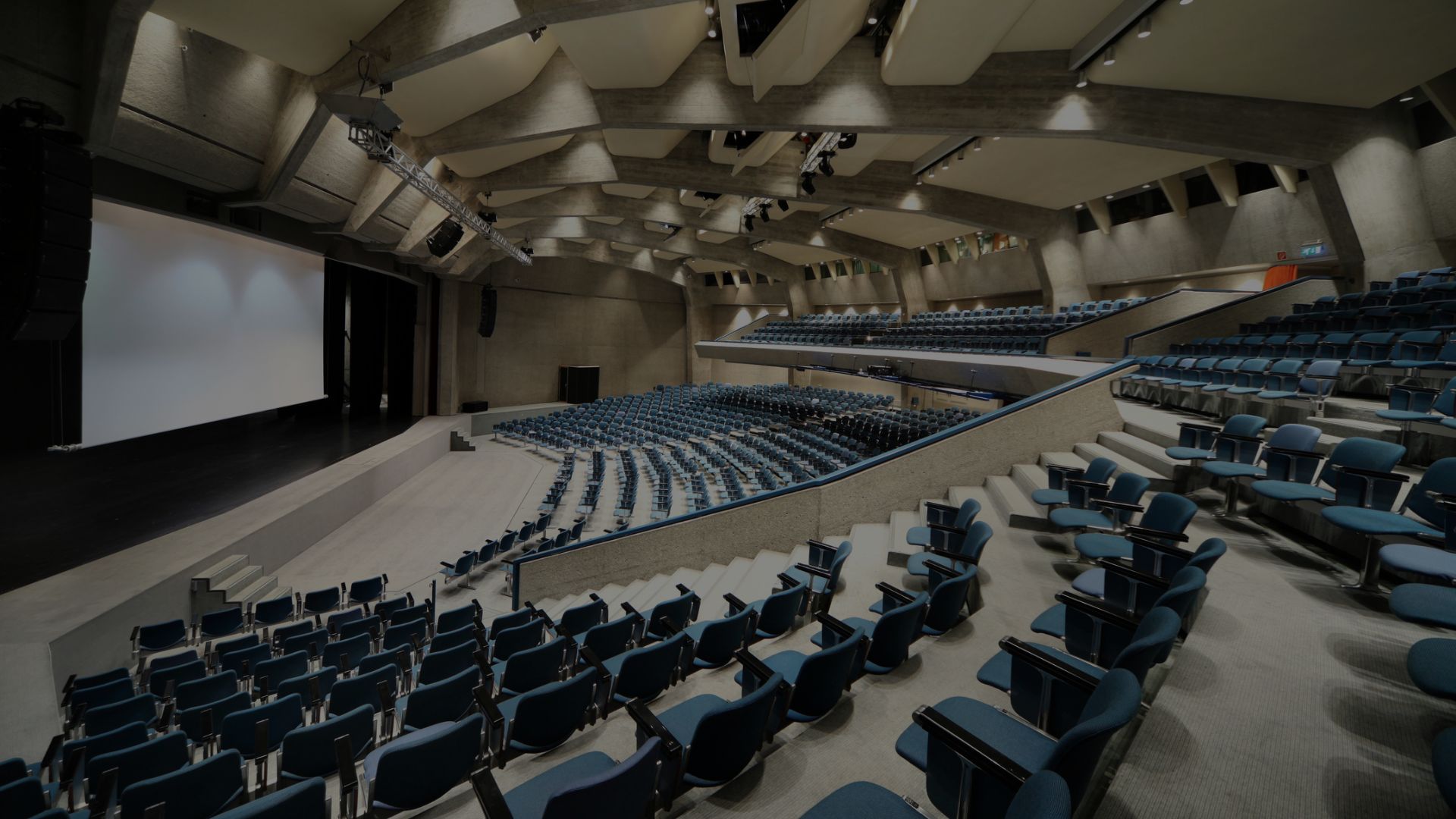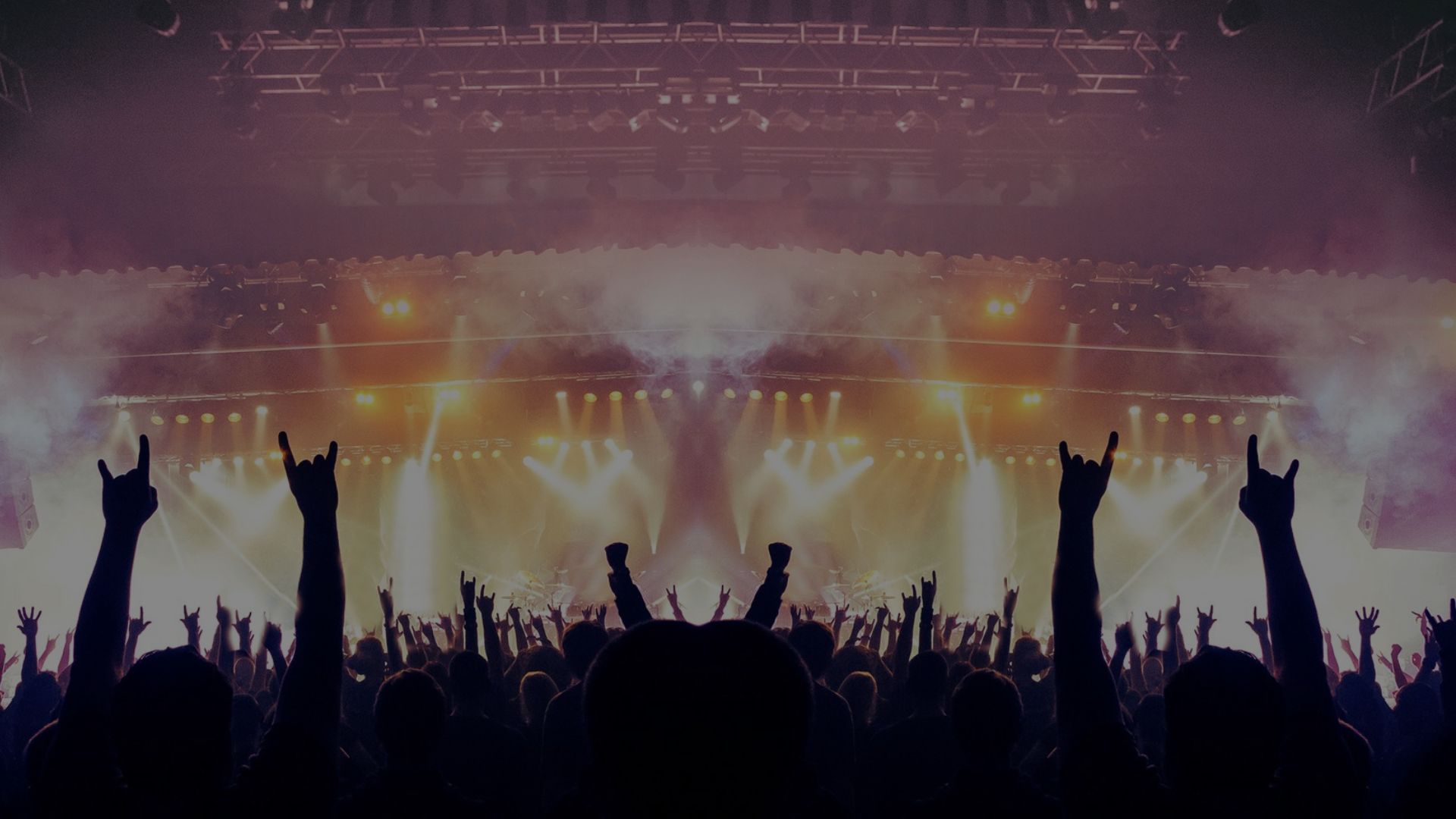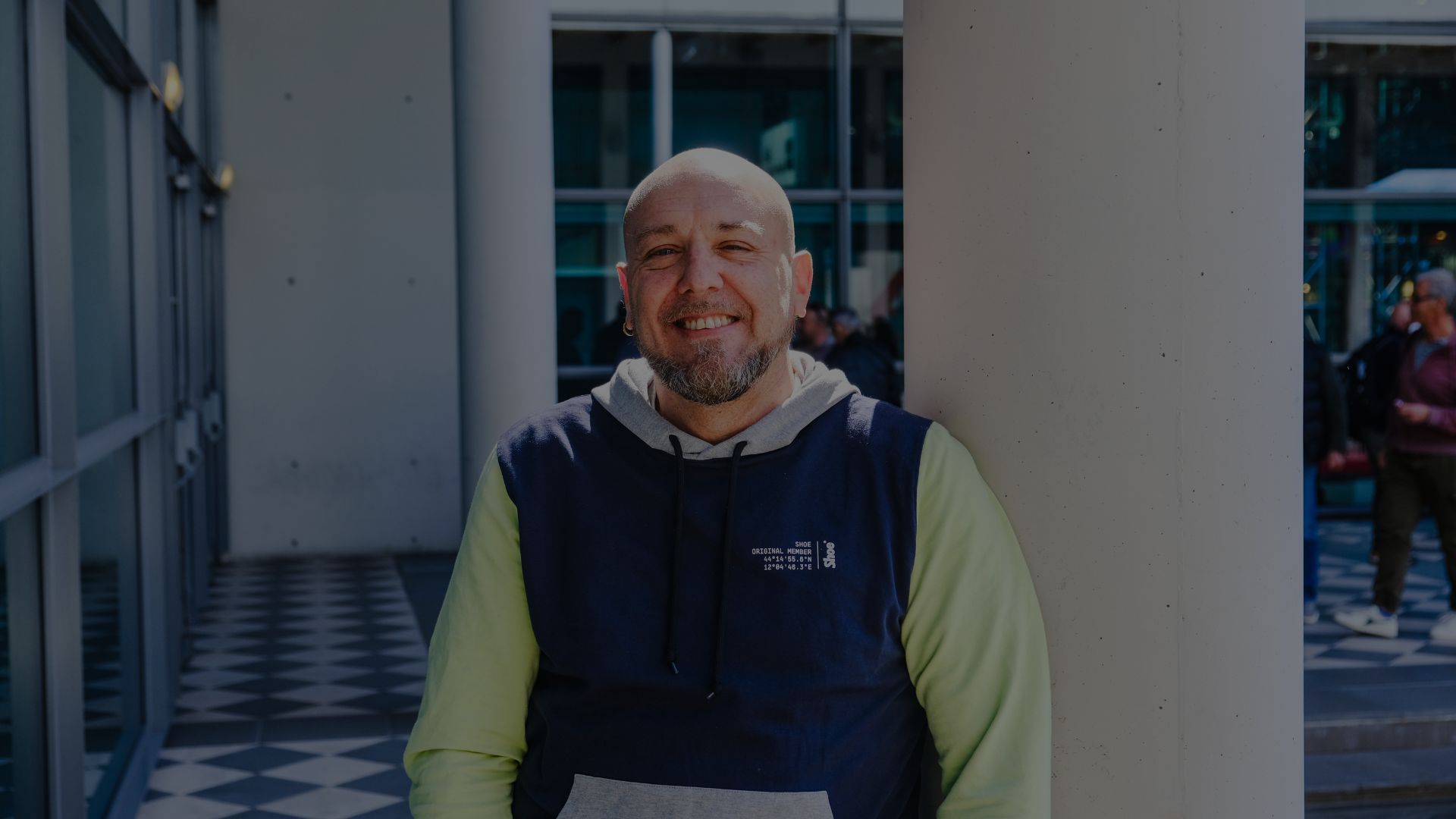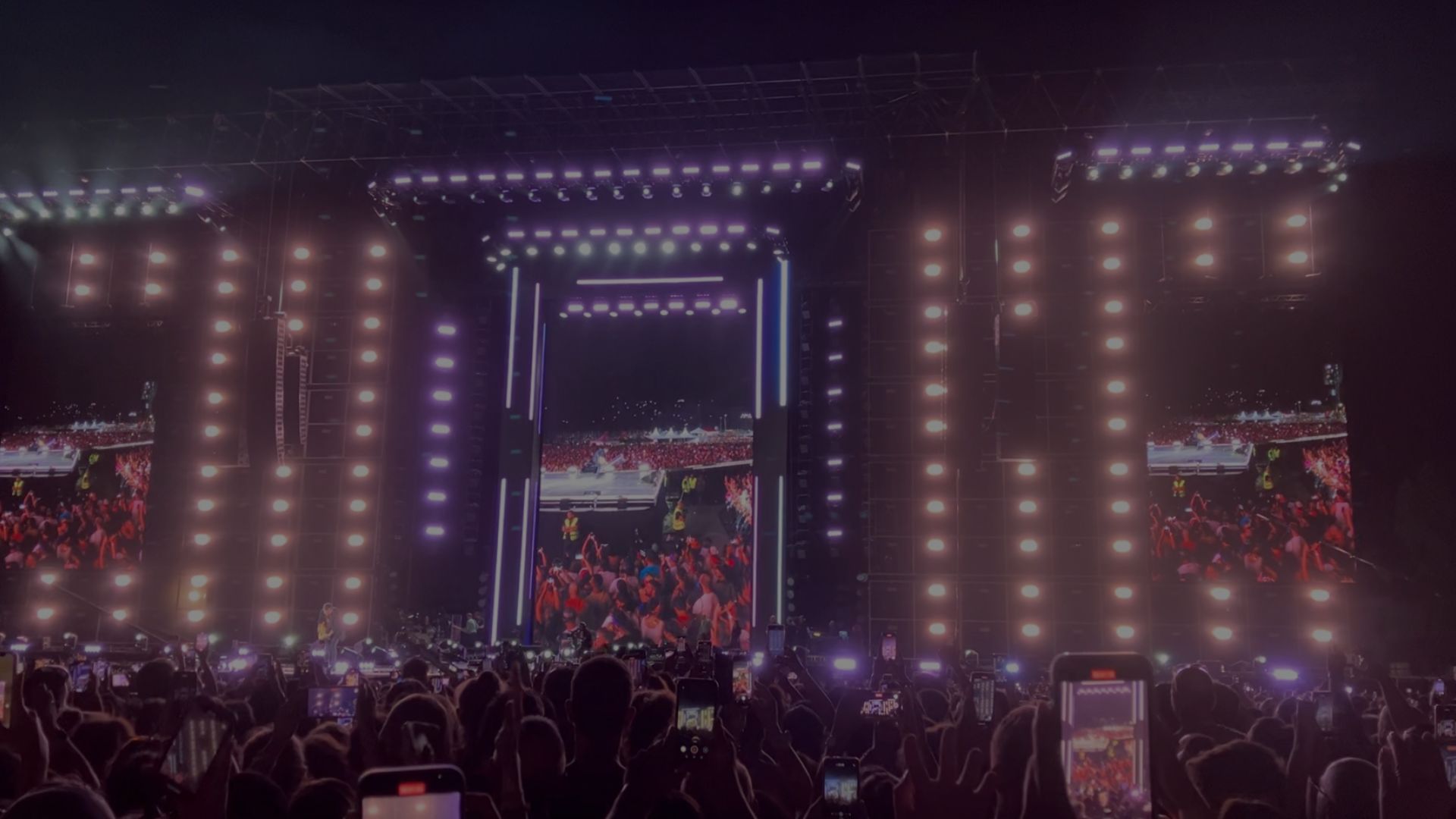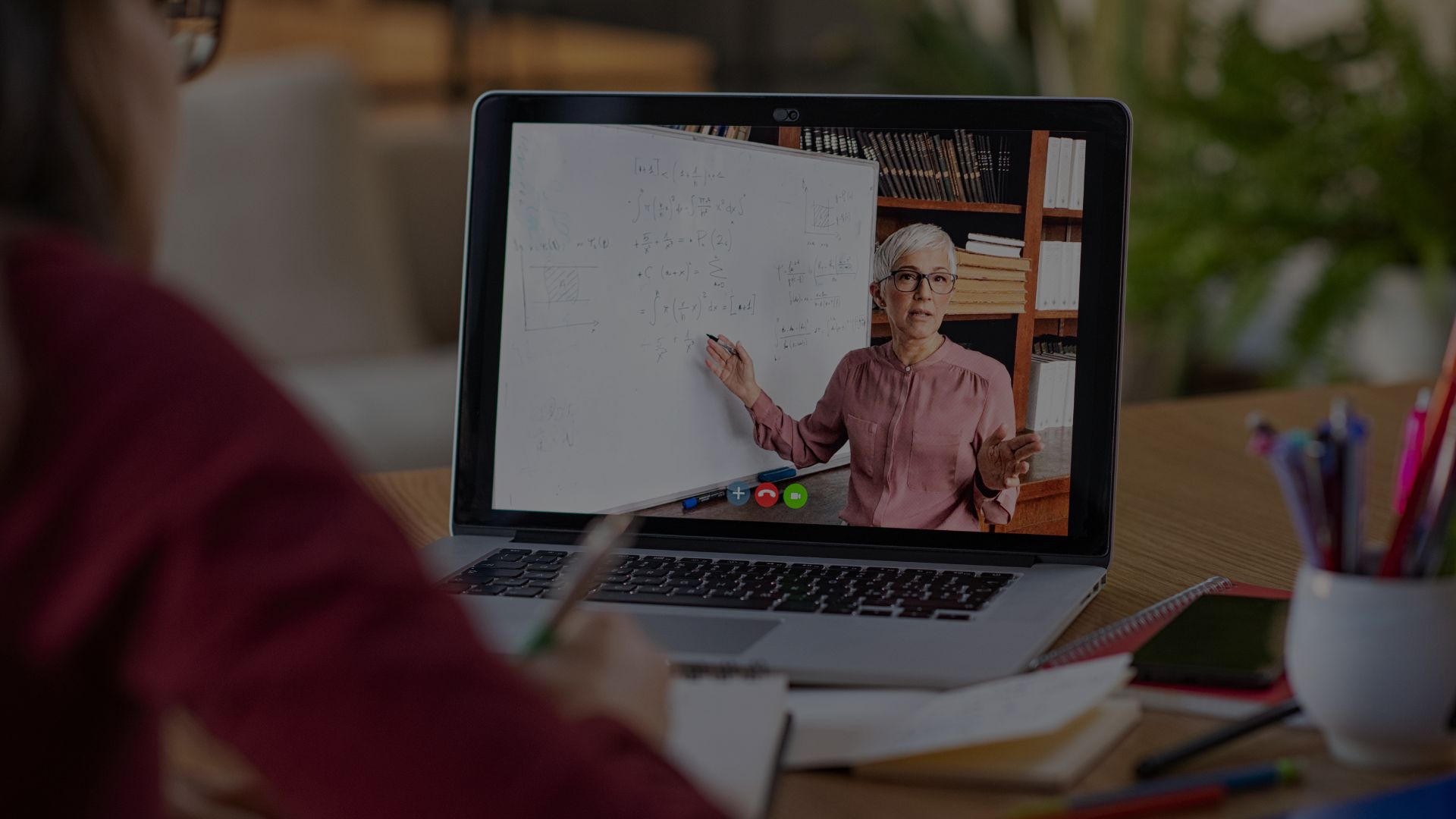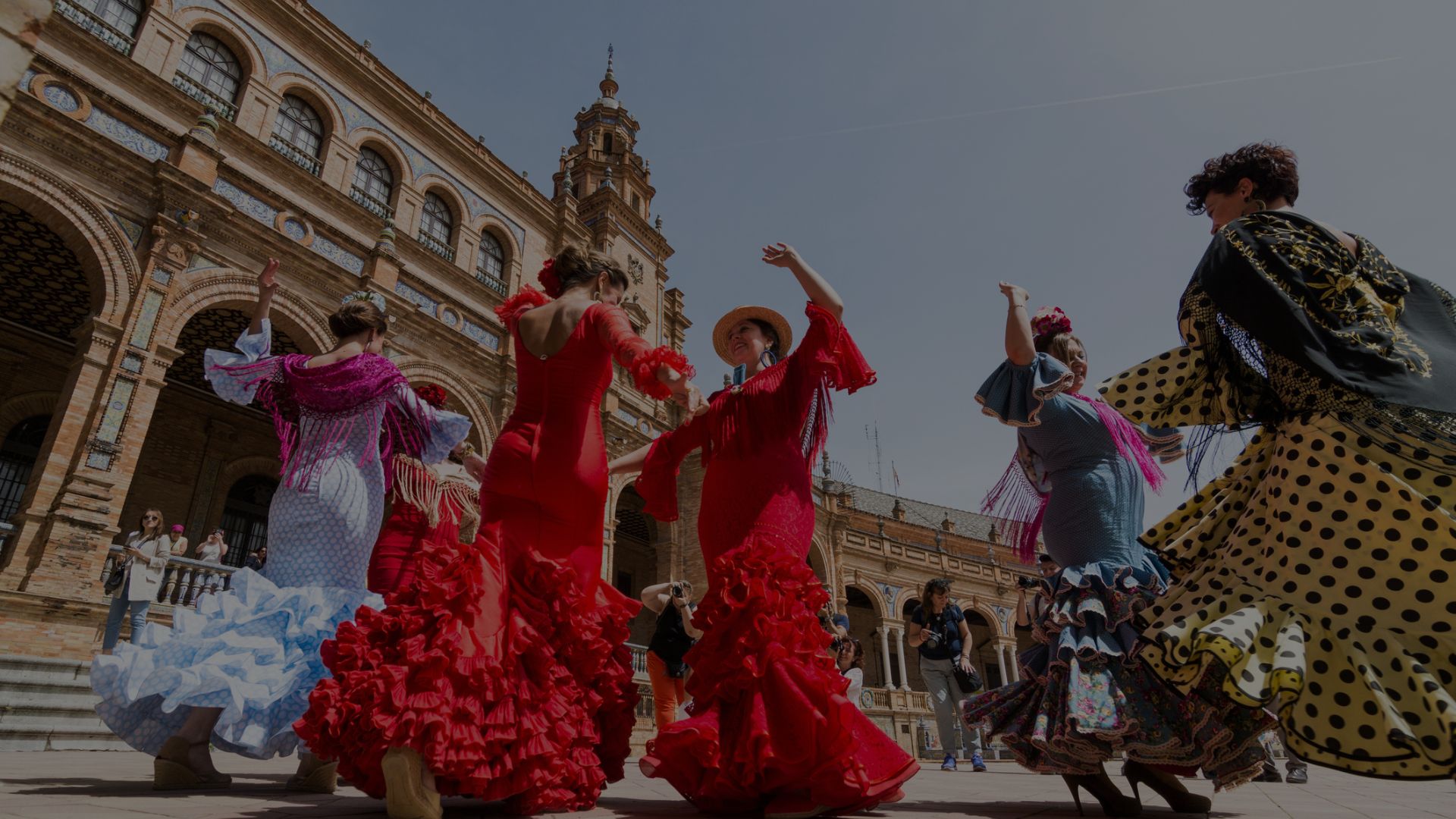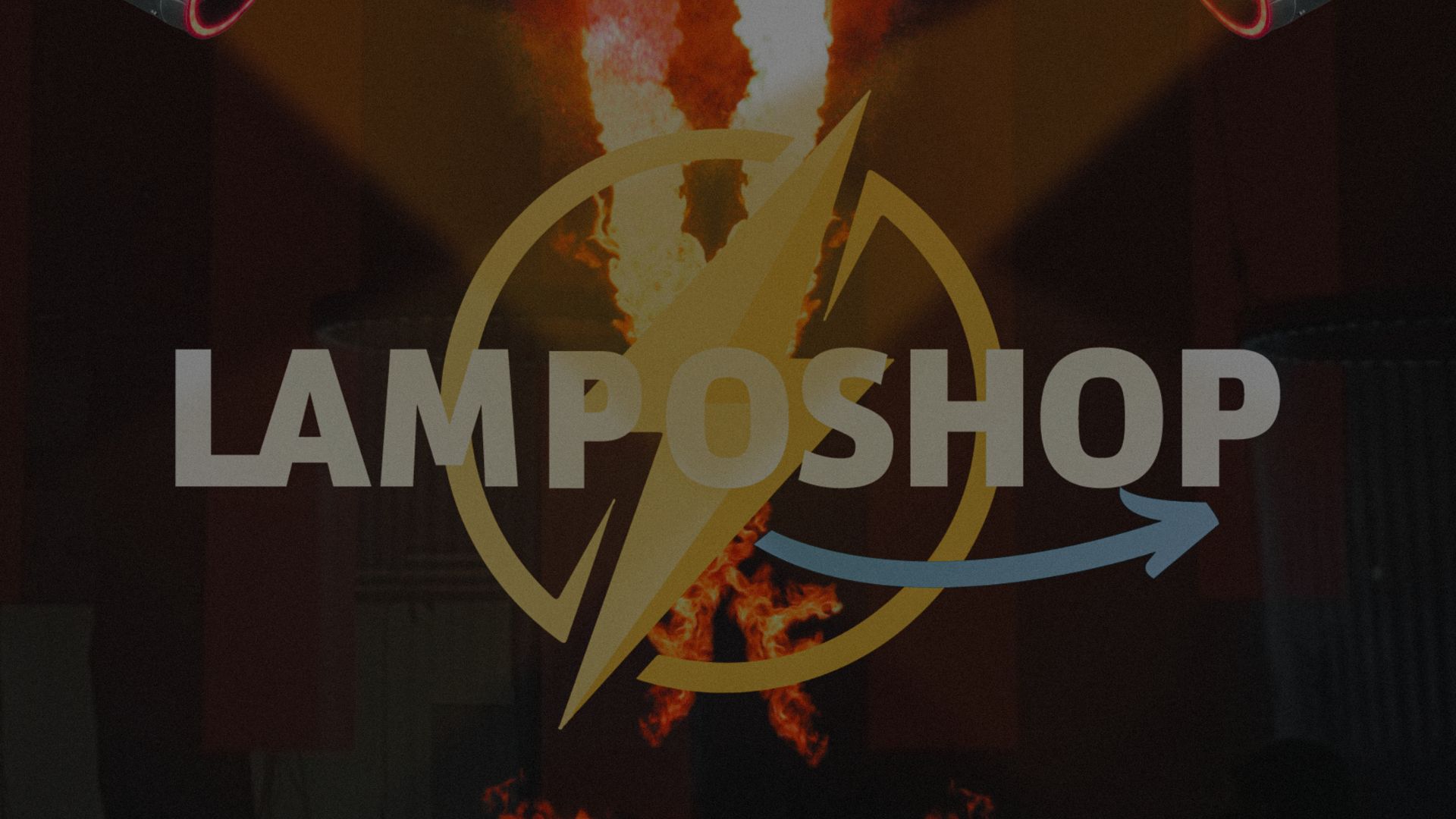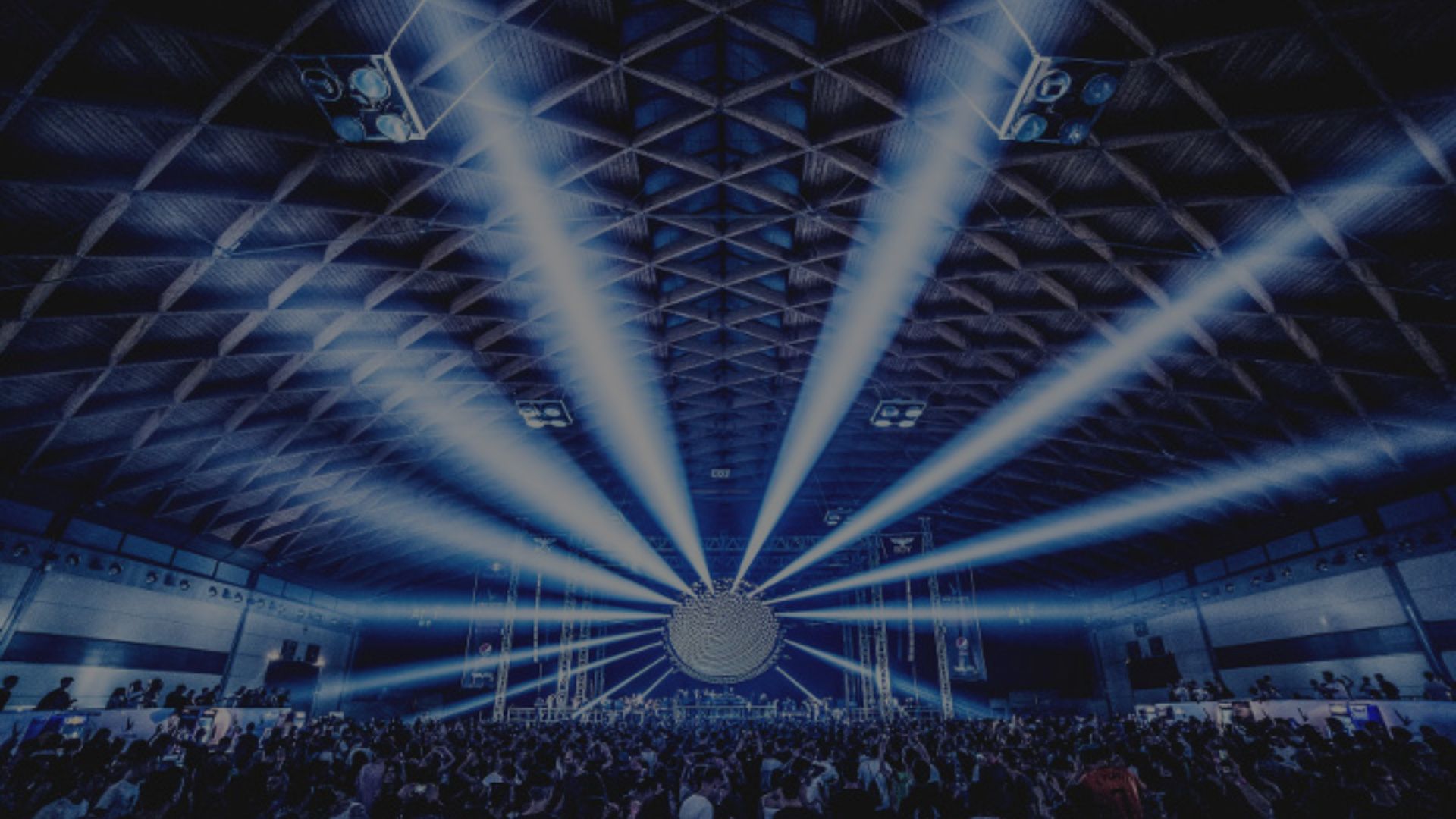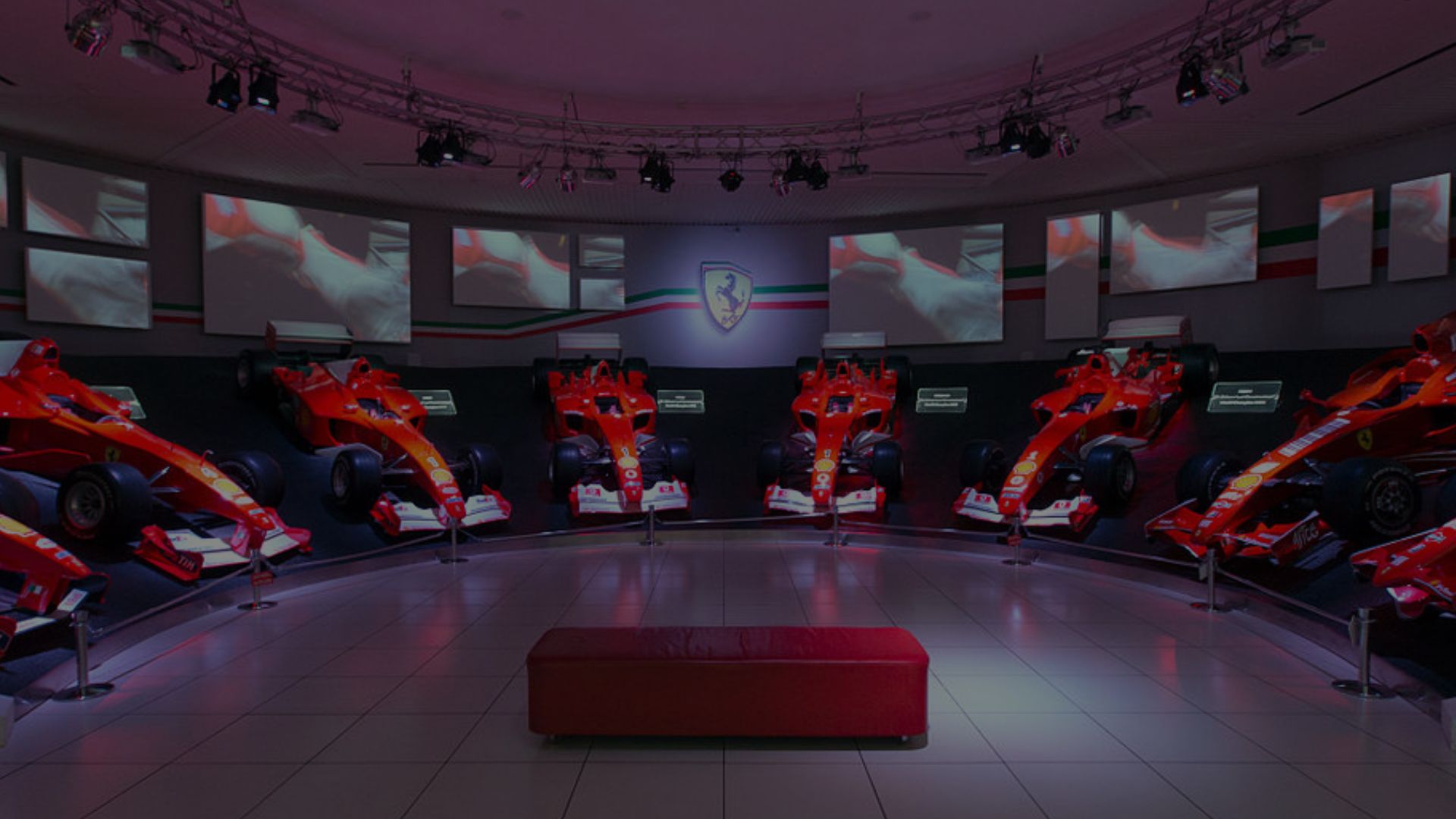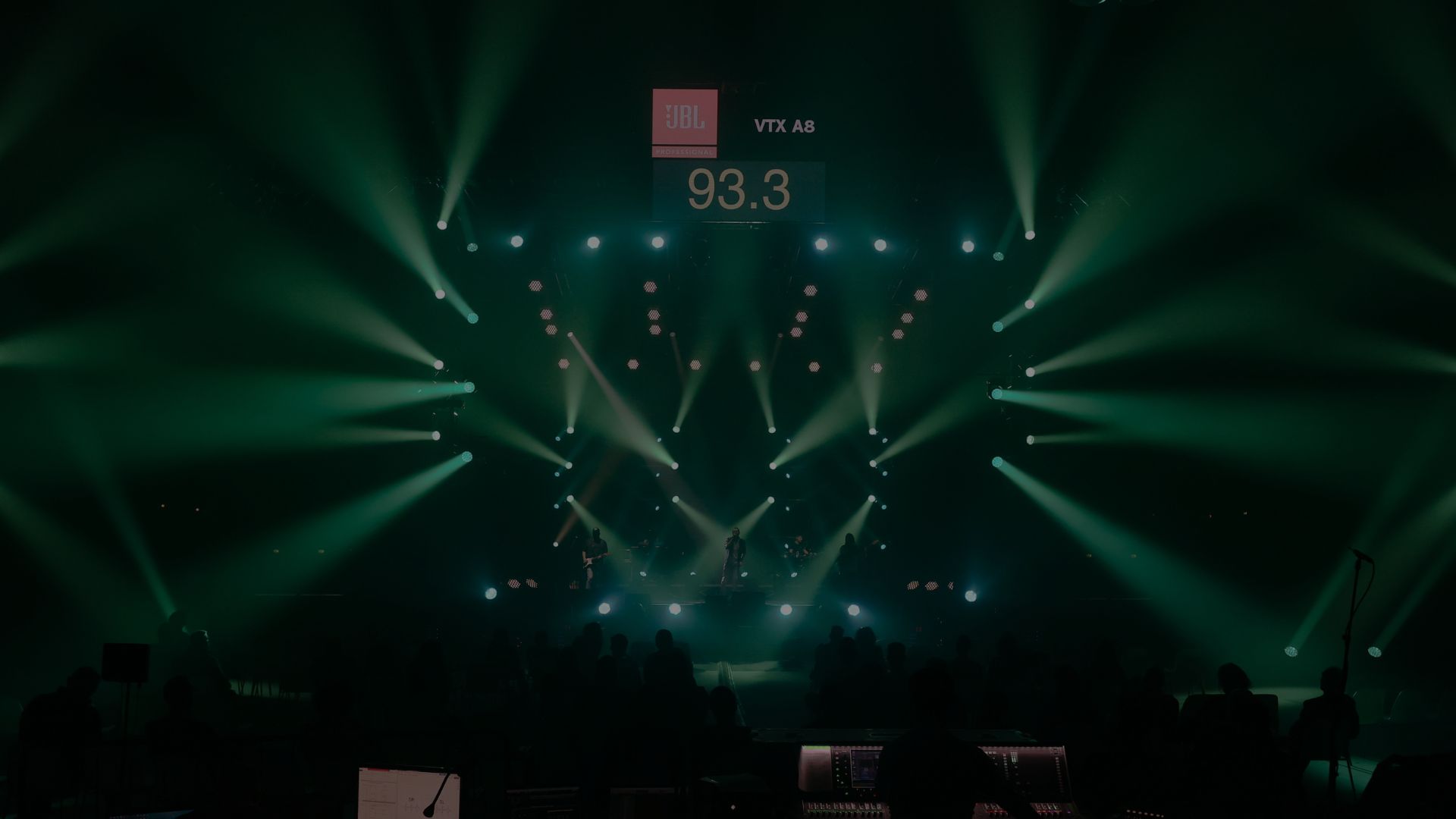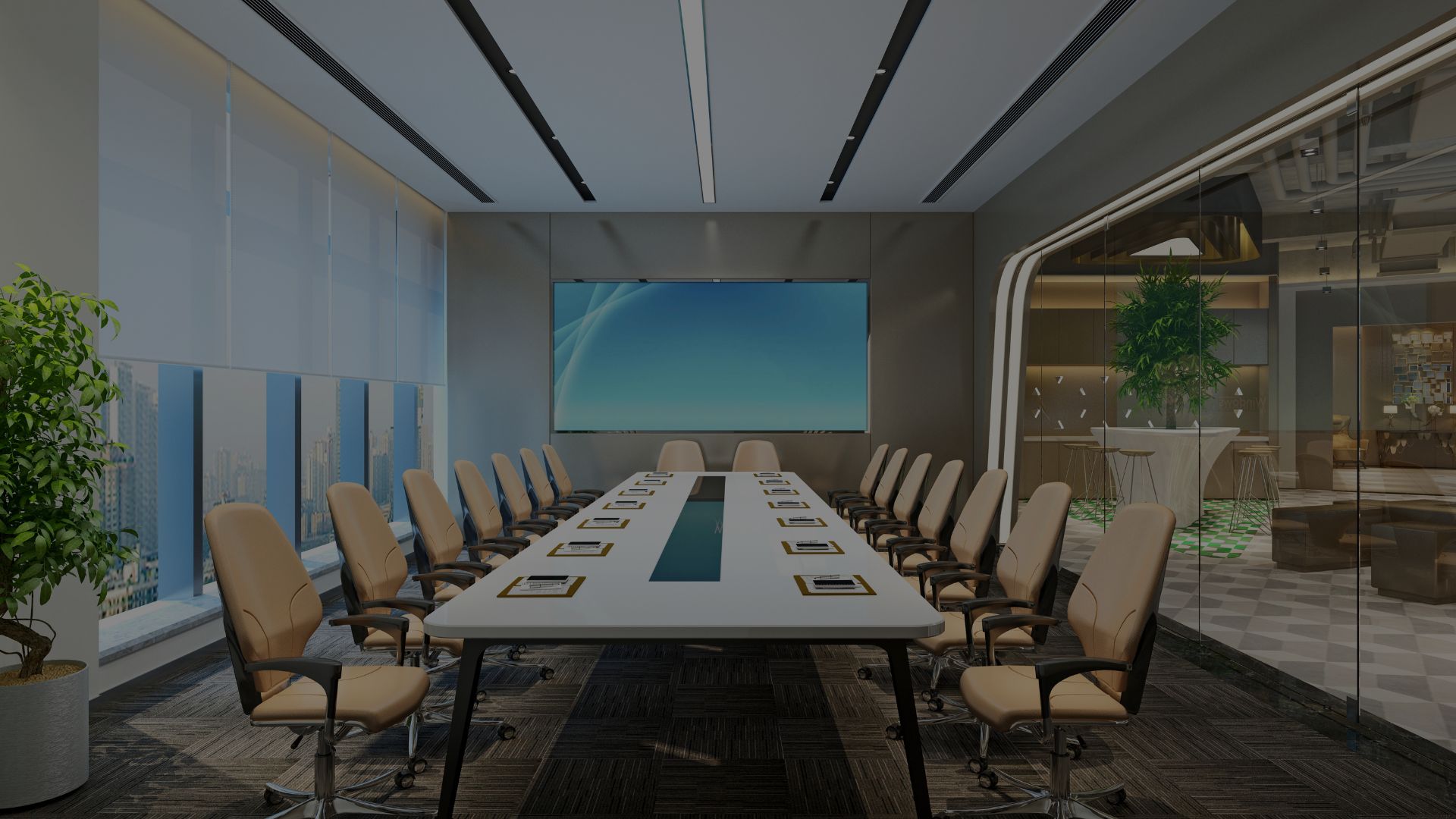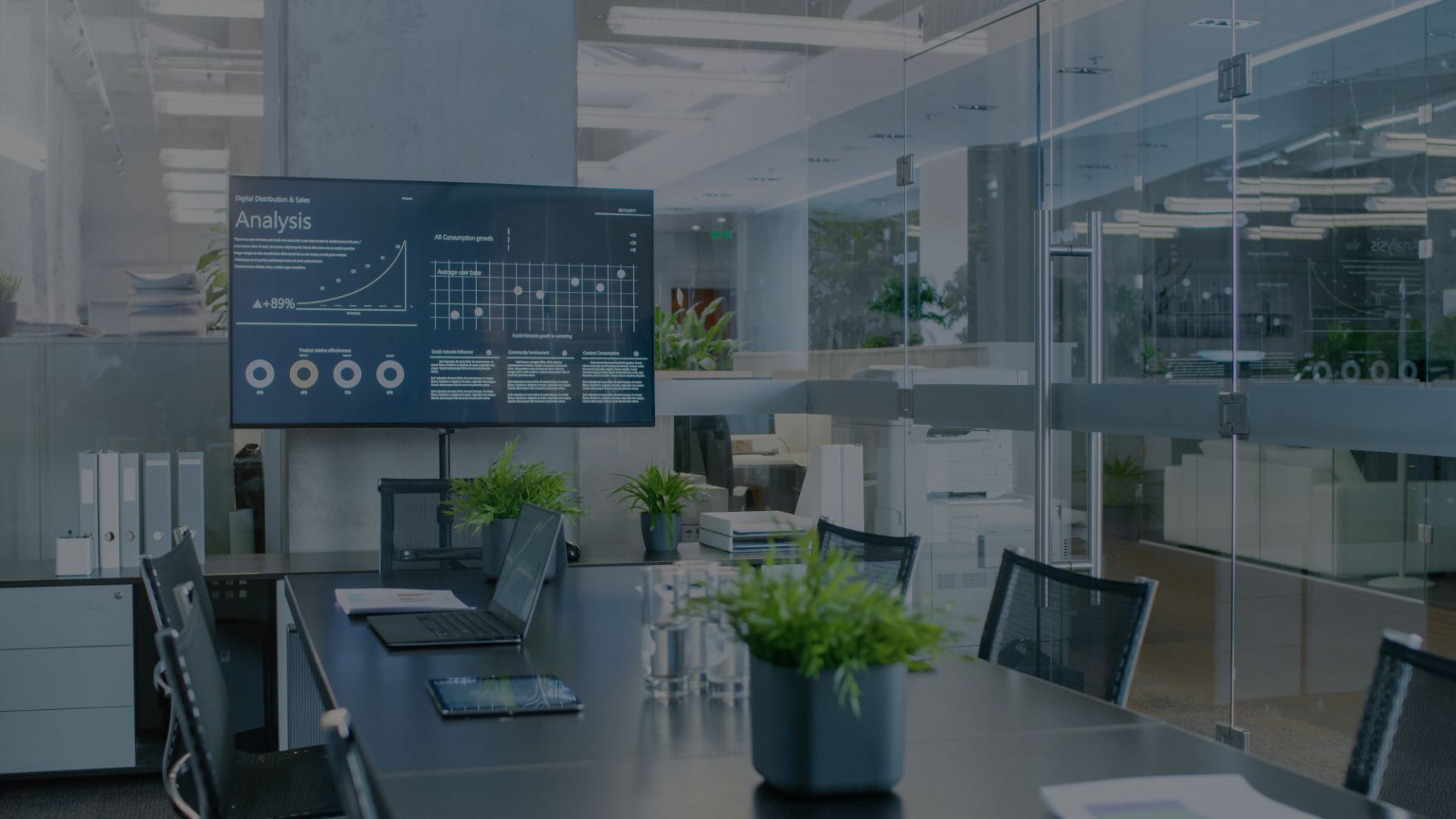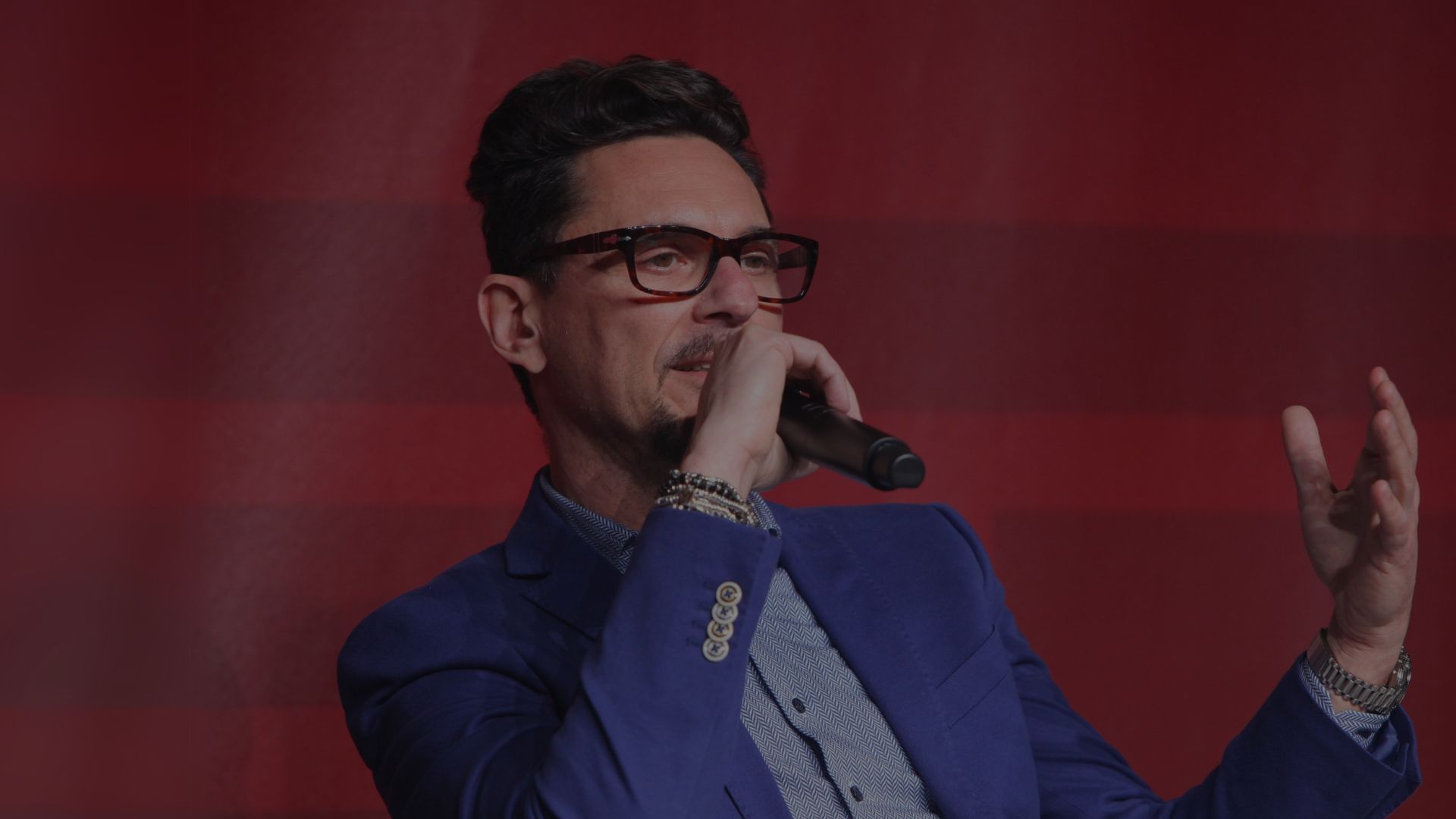When we think of a music festival or live event, all eyes are on the stage, the artists and the show. But behind every flawless performance lies a complex, structured process that begins long before the audience arrives and ends well after the final applause.
At Backfestival, held during MIR25, Sergio Cattaneo (Show Designer & DOP) and Simone Tassan Din (Network Manager at Cue S.r.l.) shared what it really takes to bring a festival to life — from behind the scenes. A deep dive into technical, logistical and creative planning.
From creative vision to technical design
Every event starts with a concept that defines not only the artist performances, but also the visual and technical identity of the entire festival.
It’s crucial to define early on the nature of the stage setup:
-
For a DJ set, you’ll typically need an elevated booth
-
A live stage requires a lot of space
-
If you have multiple bands, you’ll need storage areas on both sides and wheeled risers
-
For dance performances, you need a clear scenic space and appropriate flooring
It’s not just about aesthetics, creativity must align with efficiency and sustainability. Lighting designers, video operators, sound engineers and network technicians work together to develop adaptable, consistent and resource-conscious solutions in terms of time, budget and technical execution.
Lighting design in festivals: form, function and sustainability
Before selecting fixtures, it’s essential to define stage shapes, scenic flows and set structures. Lighting designers must start from a visual framework, imagining the spatial and narrative dynamics before diving into technology.
Lights must be intuitive, compatible and quick to program. Choices like linear setups, commonly available fixtures and simple patching help save time and reduce errors.
Technical coordination between scenography and logistics
Logistics are often underestimated, yet they’re one of the keys to a festival’s success. Time management is essential, as is the ability to offer pre-programming spaces for artists.
A major challenge in festival management is keeping audience attention consistently high. When you're running a festival, anything can happen: stage changes, technical issues, unexpected events.
That’s why it’s essential to have backups for every key element: consoles, mixers, lighting and special effects machines.
During stage transitions, communication between sound engineers, stage managers and technicians must be fast, clear and structured.
Shared language and protocols between departments are fundamental to avoiding mistakes and delivering on schedule — without sacrificing quality.
The show file: a shared control strategy
One of the most valuable tools for ensuring smooth execution and consistency is the base show file, a pre-configured setup shared with artists before the event.
This approach enables:
-
Faster stage changes, thanks to ready-made presets
-
Uniformity across performances
-
Easier work for guest lighting designers and VJs
-
Reduced risk of system or programming incompatibility
As the speakers explained, the base show file is shared in advance with the performing artists, allowing them to adapt to the festival’s technical setup without compromising their creative identity.
The result? A smooth, efficient and collaborative workflow.
Video management: pixel mapping, flow and compatibility
Cue S.r.l. provides artists with clear tools to optimise video delivery, one of the most important being the pixel map: a digital layout that defines exactly how video content will be displayed across LED screens and stage visuals.
A well-prepared pixel map helps:
-
Avoid visual content errors
-
Adapt custom visuals to the festival’s format
-
Integrate visual content and event branding into a single, unified design
The video flow is centralised, but must remain flexible — each artist has a unique style, but must fit into a cohesive visual framework.
Network and signal management: simplicity and reliability
Today, the network is the central nervous system of any live event. Whether for lighting, video or audio, everything runs through complex networks that must be scalable, reliable and easy to integrate with the artists’ own technology setups.
Conclusion: the back of the festival is the foundation of the show
The real challenge for backstage professionals isn’t just to make the show run. It’s to make it run well, every time, for every artist, in any condition. Working methodically, anticipating issues and communicating effectively — these are what transform an event from good to unforgettable. And as Sergio Cattaneo and Simone Tassan Din demonstrated, even the backstage can be a form of art.

PUBLICATION
03/06/2025
caso studio


